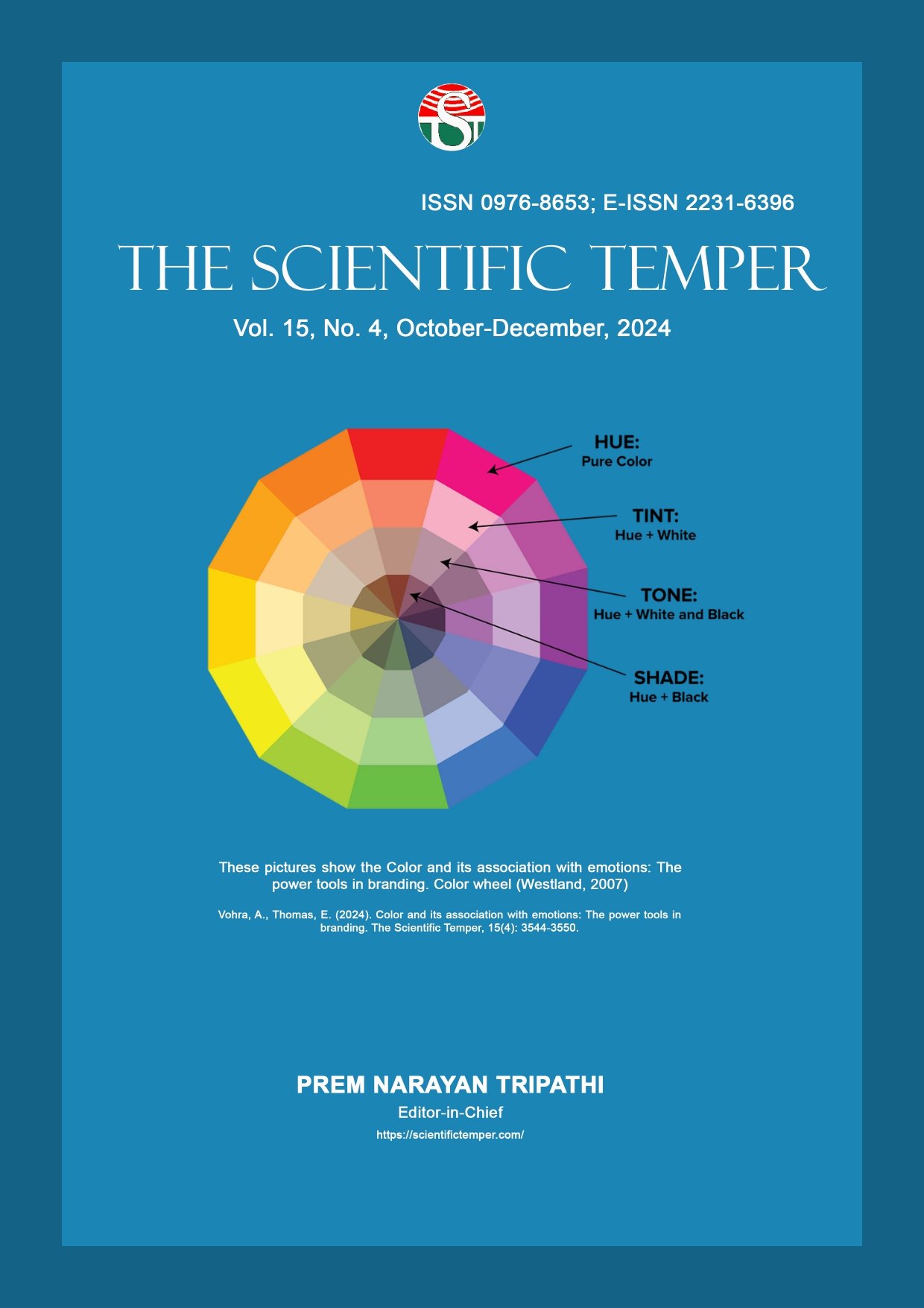A novel approach to heart disease classification using echocardiogram videos with transfer learning architecture and MVCNN integration
Downloads
Published
DOI:
https://doi.org/10.58414/SCIENTIFICTEMPER.2024.15.4.33Keywords:
Transfer Learning, VGG19, DenseNet201, InceptionV3, MVCNN architecture, Ensemble modelsDimensions Badge
Issue
Section
License
Copyright (c) 2024 The Scientific Temper

This work is licensed under a Creative Commons Attribution-NonCommercial-ShareAlike 4.0 International License.
The echocardiogram, also known as a cardiac ultrasound, captures real-time images of the heart’s chambers and valves. Ultrasonic waves are used in this method to penetrate the skin and generate the pattern of the heart’s movement, allowing healthcare professionals to assess its overall function. In this research study, we propose a novel approach for classifying heart diseases relying on echocardiogram videos using transfer learning and ensemble methods. The approach involves using pre-trained convolutional neural network models such as VGG19, Densenet201, and Inceptionv3 as feature extractors and then training a classifier on top of these extracted features. The pre-trained models have been trained on large datasets with millions of images, making them highly effective feature extractors for various computer vision tasks. The main objective is to leverage the learned representations from these models and apply them to echocardiogram videos for accurate classification of heart diseases. The novel integration of MVCNN (pre-trained convolutional neural network models VGG19, Densenet201, and Inceptionv3) with ensemble methods has led to a significant increase in accuracy, achieving an overall accuracy of 98.09% in classifying heart diseases using echocardiogram videos and achieved AUC-0.82% After implementing the novel integration.Abstract
How to Cite
Downloads
Similar Articles
- M. Rajalakshmi, V. Sulochana, Enhancing deep learning model performance in air quality classification through probabilistic hyperparameter tuning with tree-structured Parzen estimators , The Scientific Temper: Vol. 14 No. 04 (2023): The Scientific Temper
- Ravikiran K, Neerav Nishant, M Sreedhar, N.Kavitha, Mathur N Kathiravan, Geetha A, Deep learning methods and integrated digital image processing techniques for detecting and evaluating wheat stripe rust disease , The Scientific Temper: Vol. 14 No. 03 (2023): The Scientific Temper
- Krishna P. Kalyanathaya, Krishna Prasad K, A framework for generating explanations of machine learning models in Fintech industry , The Scientific Temper: Vol. 15 No. 02 (2024): The Scientific Temper
- M. Yamunadevi, P. Ponmuthuramalingam, A review and analysis of deep learning methods for stock market prediction with variety of indicators , The Scientific Temper: Vol. 16 No. 02 (2025): The Scientific Temper
- Pallavi M. Shimpi, Nitin N. Pise, Comparative Analysis of Machine Learning Algorithms for Malware Detection in Android Ecosystems , The Scientific Temper: Vol. 16 No. 11 (2025): The Scientific Temper
- V. Karthikeyan, C. Jayanthi, Advancements in image quality assessment: a comparative study of image processing and deep learning techniques , The Scientific Temper: Vol. 15 No. spl-1 (2024): The Scientific Temper
- P S Renjeni, B Senthilkumaran, Ramalingam Sugumar, L. Jaya Singh Dhas, Gaussian kernelized transformer learning model for brain tumor risk factor identification and disease diagnosis , The Scientific Temper: Vol. 16 No. 02 (2025): The Scientific Temper
- V Vijayaraj, M. Balamurugan, Monisha Oberai, Machine learning approaches to identify the data types in big data environment: An overview , The Scientific Temper: Vol. 14 No. 03 (2023): The Scientific Temper
- Thangatharani T, M. Subalakshmi, Development of an adaptive machine learning framework for real-time anomaly detection in cybersecurity , The Scientific Temper: Vol. 16 No. 08 (2025): The Scientific Temper
- T. Ramyaveni, V. Maniraj, Hyperparameter tuning of diabetes prediction using machine learning algorithm with pelican optimization algorithm , The Scientific Temper: Vol. 15 No. 03 (2024): The Scientific Temper
<< < 1 2 3 4 5 6 7 8 9 10 > >>
You may also start an advanced similarity search for this article.



